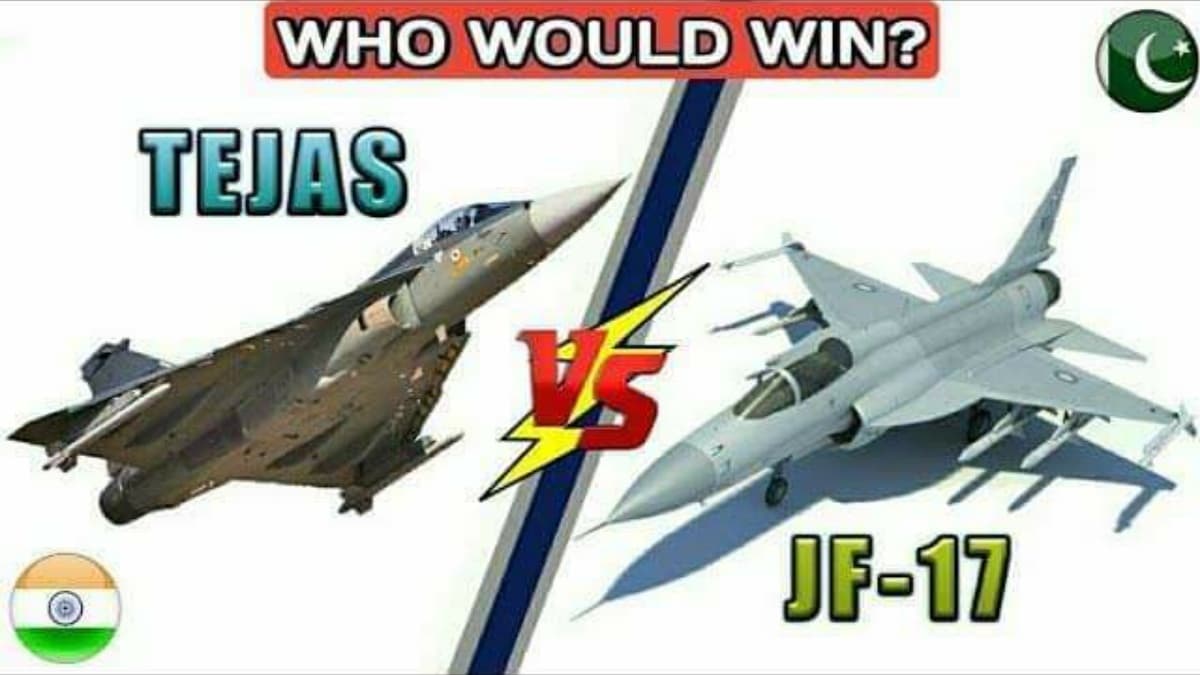
There are two mainstream light fighters in the South Asian subcontinent & these two are from two rival nations. Naturally, these two are pitted against each other in a dogfight of numbers in an attempt to address the long standing debate that which one is better. Yes, we are talking about the LCA Tejas & the JF-17 Thunder. We will try to address this comparison.

JF-17 Thunder is a decent enough fighter aircraft with good agility, radar, sensors & diverse ordnance. It is cheap & is made in huge numbers. On the other hand, the LCA Tejas is India’s first real attempt to make a fighter aircraft but still, it is not less menacing by any means. When the JF-17 is pitted against the LCA Tejas Mk1 & Mk1A on practical parameters that decide which aircraft is better, things become much clear:
Maneuverability: This is important for a WVR air to air combat or a dogfight. It depends on the raw engine power, angle of attack, turn rates etc.
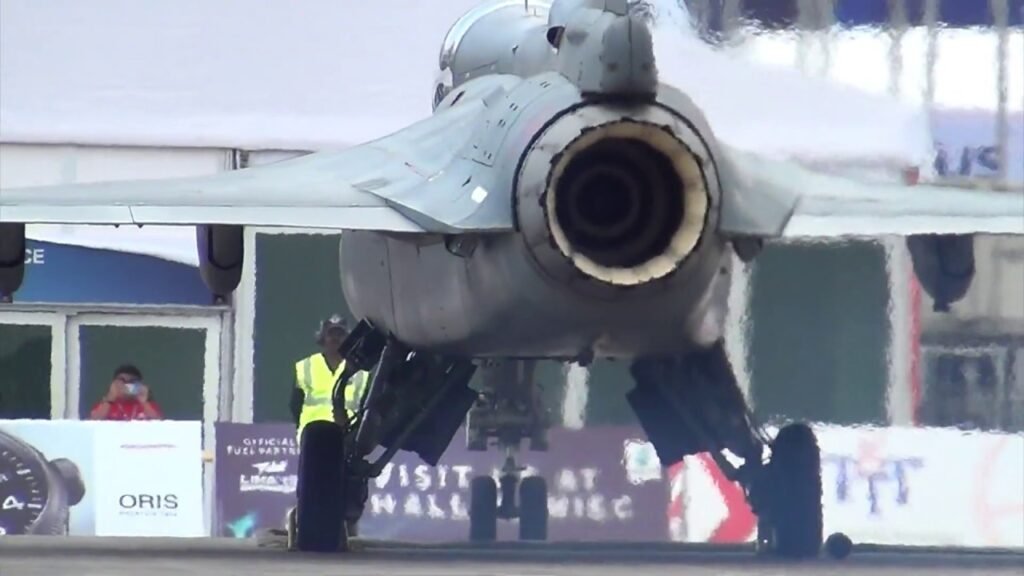
- Thrust to weight ratio: Though both aircraft have identical empty weight (~6,500 kg) & maximum take-off weight (13,500 kg), but JF-17 has an 85 kN engine whereas the Tejas has a 90 kN engine. This gives the JF-17 a maximum T/W ratio of 0.84 to 0.95. The Tejas has a maximum thrust to weight ratio of 1.00 to 1.07 depending on the fuel & missile load. LCA’s better thrust to weight ratio means it can maneuver more aggressively.
- Sustained Turn Rate (STR): JF-17’s sustained turn rate is 14.4 degrees per second but the LCA Tejas has an STR of 16 degrees per second as showcased in the Bahrain Air Show. Many sources have a misreported figure of 12 degrees for LCA Tejas.
- Instantaneous Turn Rate (ITR): JF-17 Thunder has an ITR of 24.4 degrees per second. Tejas, 30 degrees per second as executed by test pilots.

- Angle of attack: JF-17 has an AoA of 24–26 degrees. Tejas has attained a max AoA of 26 degrees. This is almost the same for both the fighters.
- Wing loading: The wing loading of JF-17 is 401 kg/m2 whereas Tejas has a far better wing loading of 255 kg/m2. LCA’s lower wing loading means it has far better maneuverability in general, lower stalling speeds, better low-speed handling & shorter landing & takeoff distances.
- G loads: JF-17 Thunder airframe has an FCS limited G-loading of +8/-3. Tejas has a G-load limit of +8.5/-3.5. These extreme G limits are seldom pulled but it gives the Tejas a greater flight envelope than the JF-17.
These figures show exactly why & where the Tejas is far better in maneuverability than the JF-17 Thunder.
Avionics: This includes the radar, targeting system.
- Radar: JF-17’s radar is KLJ-7 which has a detection range of 105 km for a 5 m2 target against 150 km for the Israeli radar of Tejas, the ELM-2032. This is a huge advantage in a face to face scenario as the Tejas can detect & lock the JF-17 before the JF-17 comes to know about the presence of Tejas in the region.
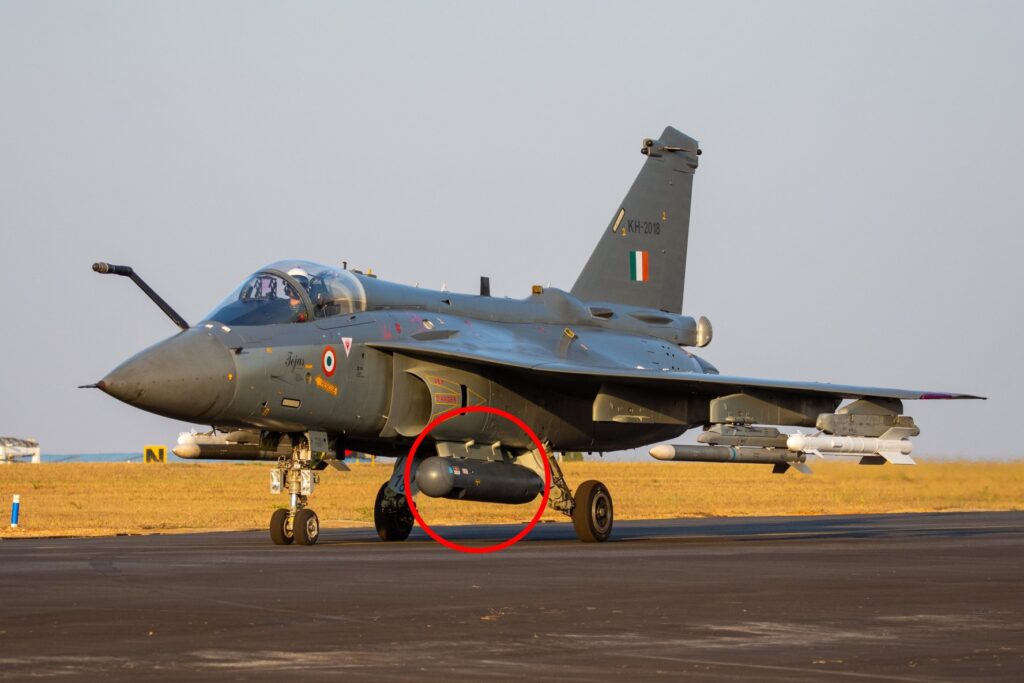
- Targeting system: Neither aircraft has an internal IRST system. They are designed to carry a pod-based system. The JF-17 carries an unknown Chinese pod whereas the Tejas carries the LITENING III targeting pod which is a world-renowned system, also used by all the active U.S & western aircraft.
This is a testament of why the Tejas has better avionics.
Firepower:
- JF-17 uses Chinese missiles which include PL-5, PL-8 in short range. The LCA Tejas uses the proven but old R-73 & will be using the ASRAAM or MICA-IR in the future. As of now, in the short-range, both the aircraft have equal capabilities but after the integration of ASRAAM or the MICA-IR, LCA’s capability would be much better.
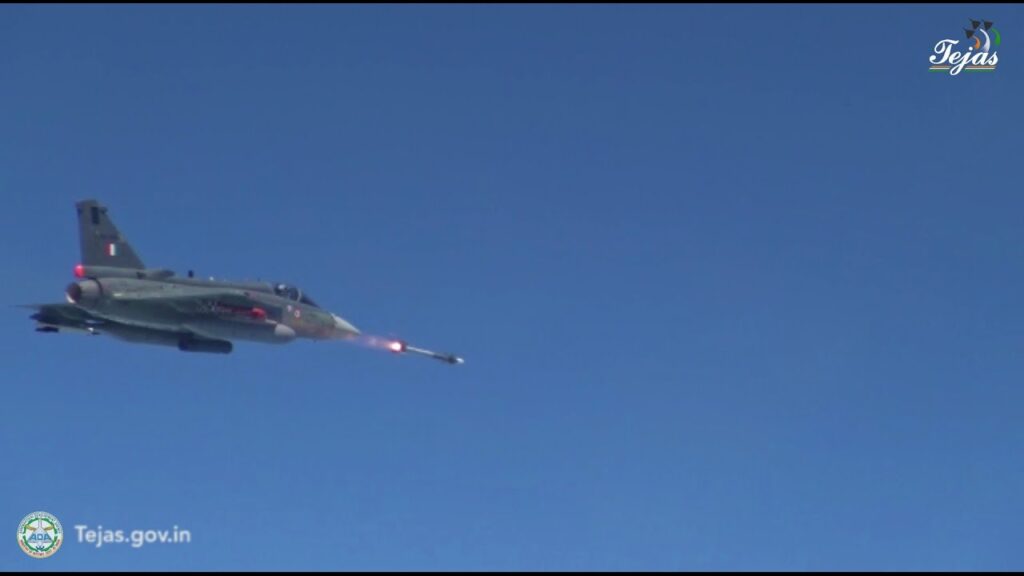
- In the medium to long-range, the JF-17 uses the PL-12 missile which is a single pulse missile. The Tejas uses the Israeli I-Derby-ER missile which uses a dual pulse missile with a longer range of 100+ km. In the future, the Tejas will use the Astra Mk1 & Mk2 too. Though the range is just one of the many parameters to determine which missile is better, Tejas still has an upper edge in BVR combat.
Tejas has a distinct advantage here because it can & will be integrated with all air to air & air to surface missiles developed by DRDO. Pakistan doesn’t have this luxury as they depend on the Chinese for their armament.
Other significant things:
- Materials & Service life: The JF-17 has an all-metal construction. This leads to early metal fatigue with a life of only 4,000 flying flight hours (20–25 years service life). The Tejas is majorly made up of composites with 45% by weight & 95% by surface area. Hence the Tejas has an in-service life of 9,000 flying hours which might be extended to 12,000 hours (40 years). This is twice the life of the JF-17.

- Radar Cross section (RCS): JF-17 has an RCS of 3.5 m2 since it has an all-metal construction. The Tejas has an RCS of 0.5 m2 thanks to the composites which don’t reflect the radar waves back to the source. With a more powerful radar, the Tejas can hence detect & lock the JF-17 from significantly longer ranges & fire a BVR missile even before it appears on the JF-17 radar screen.
- Engines: The JF-17 uses the Russian RD-93 engine which are derivatives of the RD-33 engine used in MiG-29. These engines are very cheap but have a poor reputation for requiring heavy maintenance. The mean time between overhaul (MTBO) is only 300 hours & the engine life is 1,000 – 2,000 hours. The LCA Tejas uses the western GE F404 engine which is the benchmark of reliability for turbine engines worldwide. The mean time between overhaul (MTBO) is 2,000 hours & the engine life is 6,000 hours. This means lesser depot visits for engine servicing.

- Maintenance & availability: Due to the poor engine reliability, the JF-17 suffers from poor availability rates. The Tejas has availability of greater than 90%. During exercise Gagan Shakti 2018, the Tejas has demonstrated six sorties per day with a total of 9,000 sorties in the entire duration f the exercise. This speaks volumes about the availability rate of the LCA Tejas.
These points not only show how but also shows how much exactly is the Tejas better than the JF-17. The only factor which works better for the JF-17 is that it is produced in numbers. Over 150 JF-17 Thunders are flying with three air forces as of today. Whereas only 34 Tejas have been produced, of which 17 are in active service. Though with the incoming order of 83 Tejas Mk1A, the IAF is going to fill in the numbers soon.
Now things will improve for Pakistan with the JF-17 Block III, but not so much.
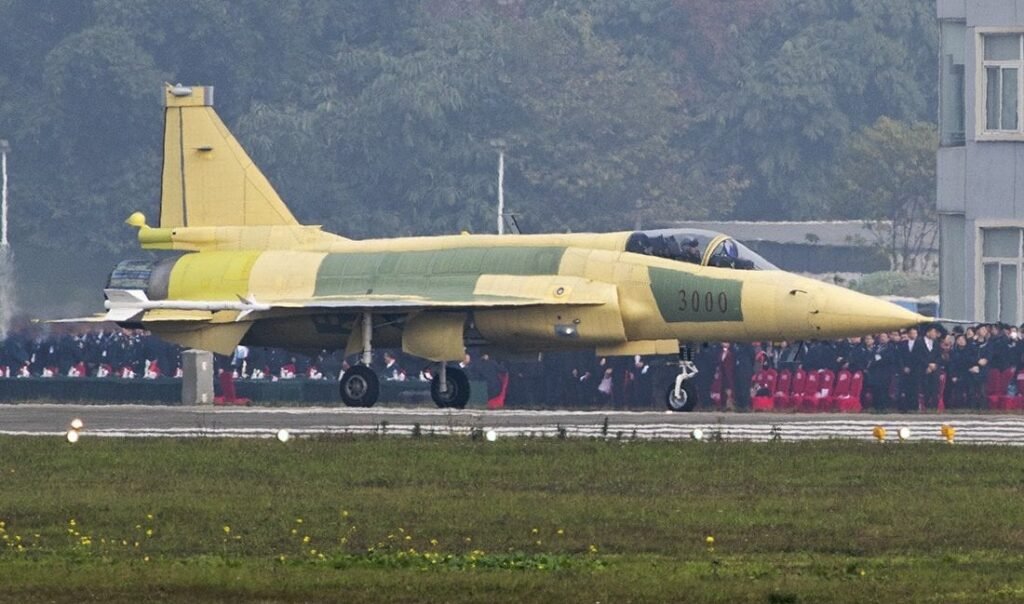
- It’ll use slight amounts of composite materials in construction which will increase the service life & reduce the RCS from 3.5 m2 to 1.5 m2. The RCS will still be more than the current generation Tejas Mk1 which is 0.5 m2.
- The JF-17 Block III will have all axis digital fly by wire system which is already there in LCA Tejas.
- JF-17 Block III will have an AESA radar just like the one planned in Tejas Mk1A. Though the radar of Tejas will still have a greater range (200 km vs 170 km for a 3 m2 target), detection & engagement capability.
- JF-17 Block III will have an upgraded 91 kN engine which will increase it’s T/W ratio to more than 1.0, thus bringing it at par with LCA Tejas. The service life will increase to 3,000 hours, still behind the 6,000-hour service life of the engine of Tejas, the GE F404.
- The cockpit of JF-17 Block III will have an advanced cockpit with a large area display & side stick much like the planned cockpit of Tejas Mk2. This is better than the LCA Tejas Mk1 & Mk1A cockpit & the only factor which puts the JF-17 Block III ahead of the Tejas Mk1 / Mk1A.
The idea of the article was to bring out a long-awaited fair comparison between the JF-17 Thunder & the LCA Tejas Mk1 / Mk1A. The Thunder undoubtedly is a decent enough fighter but is not a match for the LCA Tejas. This is one of the reasons why the Chinese Air Force doesn’t use the JF-17 & prefers to rely on their J-7 & J-10 fighters.
We hope this clears the air about the JF-17 Thunder – LCA Tejas comparison.
All the images used in the article belong to their respective owners and we do not claim rights. We are using them under this clause: Section 107 of the copyright act 1976, allowance is made for “fair use” for purposes such as criticism, comment, news reporting, teaching, scholarship, and research.






If BVRM Meteor can be integrated with TEJASH, it can counter F-16